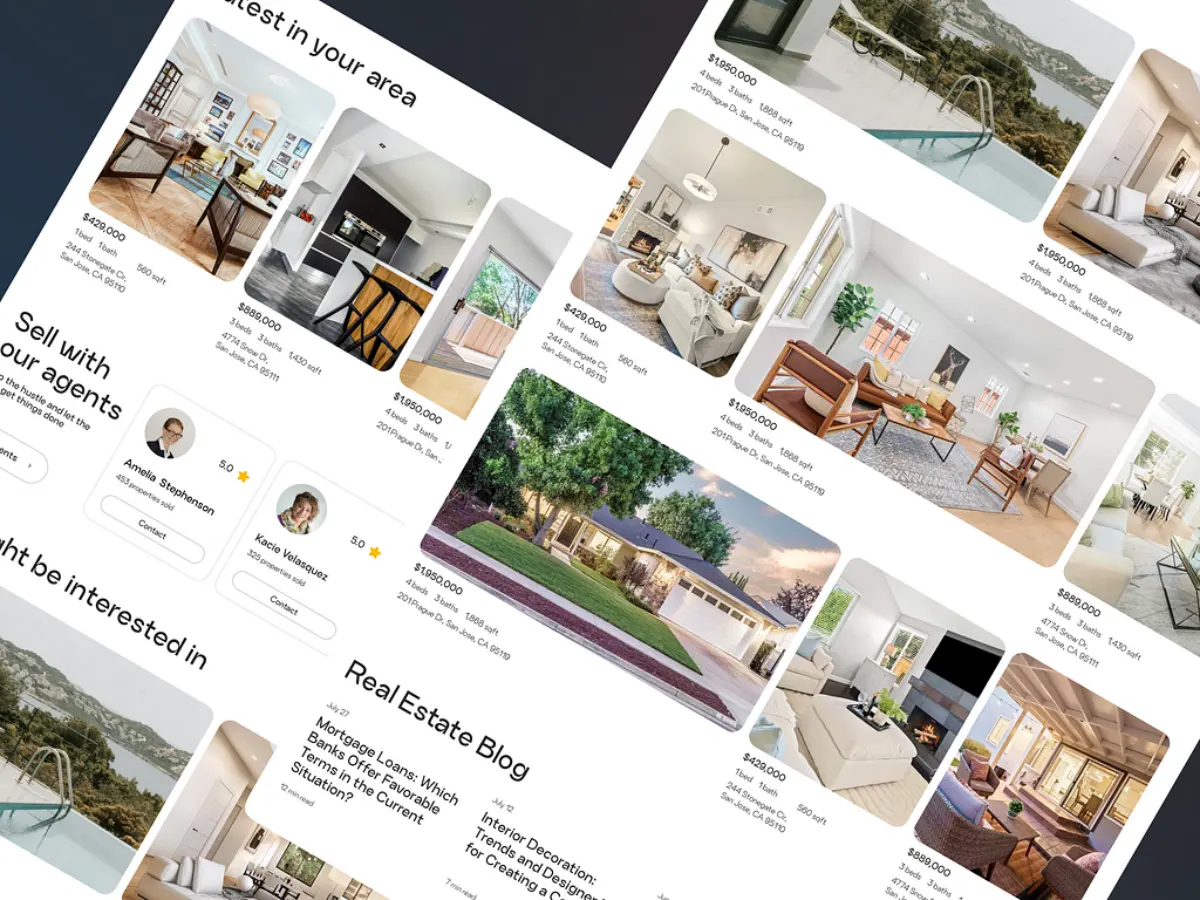7 Steps In The iOS App Development Process


iOS mobile app development is no longer an uncommon term in our daily, especially for business owners. Digitalization has urged enterprises to step up their game by developing iOS mobile apps that help to enhance user experiences of their services.
You can develop your smoothly run mobile apps on many platforms. However, these platforms are divided into 2 categories: native and cross-platform frameworks.
Native mobile app development is the development of apps that run on specific platforms such as Android, iOS, or Windows. The app demonstrates an extremely high level of performance. Native apps are very fast, efficient, and responsive because they are compiled using platforms’ core programming language and APIs.
On the other hand, cross-platform mobile app development is the development of software products or services for multiple platforms or software environments.
In this method, engineers and developers use various cross-platform mobile app development frameworks to design operating systems or environments.
With the development of mobile devices and various kinds of platforms, as well as the rapid growth of open-source technologies like Linux, more and more different kinds of cross-platform development have emerged robustly.
In the following article, TECHVIFY Vietnam will go into detail about step-by-step ios app development.

First, you have to visualize your idea for the mobile app. App ideas can be different depending on your target audience and the main purposes of this app. The possibilities of your potential ideas are countless.
After finalizing your idea, you should start planning on your mobile app’s requirements. To come up with a detailed plan, you can focus on these questions: What problems is your mobile app addressing? Who are the target users? What is the most important functionality?
Thus, have a thorough market analysis before starting your project. This will help you to keep up with the market’s trends and needs. Moreover, in this phase, enterprises should also clarify all requirements needed in the subsequent phases of app development.
This important phase lays the groundwork for the subsequent stages of developing an iOS mobile app. You will need to document your requirements for the design team. Then, they will start sketching out the development process with wireframes and blueprints.
In addition, UI and UX will also be determined during this step. It will decide the app’s interface and user experiences of your iOS mobile app. This is crucial because UI and UX should be visually appealing and run smoothly to ensure users’ commitment to your app.
Keep in mind that the app’s UI and UX should strictly comply with Apple’s specific guidelines to make this app useable.
App architecting is an important step because architecture is the backbone of your app. If the architecture is poor, you will not be able to go back and fix errors when they suddenly arise. The less code your app consists of, the fewer errors there will be.
Before the developers start writing code, they will ask you what you expect from your app regarding functions, features, and how you’re going to develop it in the future. These questions will help the development team come up with the most suitable solution to meet your requirements but still ensure the code is flexible and scalable.
Therefore, make sure you clear everything out before moving to the next step.
Remember that Apple defines various developer rules. Therefore, to deliver a private and secure user experience for your end-user, iOS app developers need to incorporate the elements and best practices that are needed.
Business owners need legal protection to ensure transparent and effective cooperation to save themselves from ending up with an unqualified final product. Hence, you should sign a contract with the developing team to specify every stage of work and their responsibilities.
In this phase, the iOS mobile app is thoroughly tested to make sure that the app won’t be rejected when submitted to the Apple Store. To make sure the mobile app meets Apple guidelines, the developers need to review the device for optimal performance, smooth user experience, debugging, optimum memory use, privacy, etc. Don’t rush through the process if you want users to have confidence in your app.
After being tested and reviewed by the development team, the app is now ready to be submitted to the App Store for subsequent review and approval. It may take a few days to a couple of weeks for Apple to get back to and approve your mobile application.
The last step of iOS mobile app development is maintenance. This step takes place after deployment, including tracking the usage of devices through app analytics tools, assessing the performance through KPIs, and patching any technical and security bugs.
Thus, after being launched and used by several customers, the app needs to update functionality according to customer feedback and iOS requirements.
In conclusion, you can make this complicated iOS app development process much easier with the help of a professional developing team.
TECHVIFY Vietnam is an ideal choice for this job since we have experienced and skillful developers in this field. So don’t hesitate to contact us for professional technology consultants from our devoted development team. TECHVIFY Software has been selected among the Top App Development Companies by Designrush


Table of ContentsWhat is the process of developing an iOS app?Step #1: PlanningStep #2: DesignStep #3: App architectureStep #4: CodingStep #5: TestingStep #6: DeploymentStep #7: MaintenanceConclusion In the fast-evolving world of online dating, understanding the cost to build a dating app is vital for anyone looking to break into the market. From the initial concept to the final launch, the journey requires careful planning around feature selection, platform compatibility, and user security—each of which plays a critical role in shaping both the app’s functionality and its budget. The online dating market, valued at USD 9.4 billion in 2022, is projected…
22 October, 2024

Table of ContentsWhat is the process of developing an iOS app?Step #1: PlanningStep #2: DesignStep #3: App architectureStep #4: CodingStep #5: TestingStep #6: DeploymentStep #7: MaintenanceConclusion You’ve started a business, and now you need a website. But no one on your team knows much about coding, and hiring a full-time web developer just isn’t in the cards right now. Sound familiar? If so, outsourcing your web design might be the perfect solution. Whether you’re a startup building your online presence or an established business looking for a website refresh, outsourcing can help you get there faster and more affordably. In…
21 October, 2024

Table of ContentsWhat is the process of developing an iOS app?Step #1: PlanningStep #2: DesignStep #3: App architectureStep #4: CodingStep #5: TestingStep #6: DeploymentStep #7: MaintenanceConclusion With much of our communication happening online, it’s no surprise that the dating world has also shifted in the same direction. In 2021, 49 million people in the U.S. alone turned to online dating services—whether to find a serious partner or just enjoy a fun date. The trend became even more pronounced in 2020, as men and women increasingly embraced online dating during pandemic lockdowns and social distancing measures. Additionally, almost half of men…
18 October, 2024


Thank you for your interest in TECHVIFY Software.
Speed-up your projects with high skilled software engineers and developers.
By clicking the Submit button, I confirm that I have read and agree to our Privacy Policy